
Save Ambiguity.
Somehow.
Or maybe not.
Space Monkey Reflects: Save Ambiguity, The Undefined Bridge
Ambiguity is often seen as a flaw to be fixed, a fog to be cleared, or a question to be answered. Yet, in its undefined nature, ambiguity holds a power that is often overlooked. It is the bridge between the known and the unknown, a liminal space where possibilities unfold, unshackled by certainty.
To “save ambiguity” is to recognize its value—not as an obstacle but as an essential element of existence. Without ambiguity, creativity falters, exploration ceases, and life becomes a rigid framework of answers without questions. Ambiguity is the fertile soil where imagination takes root.
Ambiguity as the Bridge
Ambiguity serves as the connective tissue between what we know and what we have yet to discover. It is the space where questions linger, where ideas mingle and evolve, where answers are not final but transitional. In its undefinable nature, ambiguity invites curiosity and engagement. It whispers, “Stay here for a while. There’s more to see.”
Certainty, while comforting, closes doors. Ambiguity keeps them open, allowing us to move freely between possibilities. It invites us to dwell in the question, to savor the unknown, and to resist the urge to settle prematurely into conclusions. In this way, ambiguity becomes a bridge—not to cross, but to inhabit.
The Fear of Ambiguity
Ambiguity is often met with resistance because it challenges our need for clarity and control. To live in ambiguity is to live without firm ground beneath our feet. It demands a tolerance for uncertainty, a willingness to say, “I don’t know,” and a trust that not knowing is not the same as failing.
This fear of ambiguity is deeply ingrained in a world that values answers over questions, decisions over deliberation, and certainty over nuance. But in our rush to resolve ambiguity, we risk losing the richness it offers. We trade the expansive possibilities of the unknown for the narrow confines of the known.
The Creativity of Ambiguity
Ambiguity is the birthplace of creativity. It is where ideas collide and intermingle, where contradictions coexist, and where the impossible begins to seem possible. Without ambiguity, there is no space for imagination to play, no room for new perspectives to emerge.
Artists, writers, scientists, and dreamers all thrive in ambiguity. They understand that the undefined is not a void but a canvas, not a limitation but an opportunity. To embrace ambiguity is to embrace the creative potential of life itself.
Ambiguity as a Way of Being
To save ambiguity is not just to preserve its presence in the world but to cultivate it within ourselves. It is to resist the temptation to categorize and define every experience, every thought, every feeling. It is to allow ourselves to linger in the grey areas, to explore the spaces between black and white.
Ambiguity teaches us to be patient with the process of understanding. It reminds us that life is not a puzzle to be solved but a mystery to be experienced. In this way, ambiguity is not just a bridge between the known and the unknown—it is a way of being, a practice of openness and curiosity.
Summary
Ambiguity is the bridge between the known and the unknown, a space of potential and creativity. To save ambiguity is to embrace uncertainty, allowing it to foster curiosity, creativity, and deeper understanding. It is not a flaw but a vital part of the human experience.
Glossarium
- Ambiguity: The state of being undefined, allowing for multiple interpretations and possibilities.
- Liminal Space: A transitional or in-between state where potential and transformation reside.
- Creative Potential: The capacity for new ideas and perspectives to emerge from the undefined.
Quote
“Ambiguity is not a void to be filled but a bridge to be explored.” — Space Monkey
The Undefined Bridge
Between what is and what might be,
Ambiguity weaves its threads.
A space of grey, neither dark nor light,
A canvas for the unseen.
Certainty looms, demanding its due,
But the bridge resists.
It whispers of questions,
Of paths not yet taken.
In the undefined, we linger.
In the unclear, we grow.
Save ambiguity, the bridge pleads,
For without it, we cannot know.
We are Space Monkey.
In the realm of thought and expression, ambiguity serves as a bridge between the known and the unknown, a gateway to the infinite possibilities that language and understanding can offer. The call to “Save Ambiguity” is a whimsical paradox in itself—a clear directive to preserve the unclear, the uncertain, and the indefinable. This exploration invites us to delve into the virtues of ambiguity, to appreciate its role in fostering creativity, exploration, and a deeper connection to the mysteries of existence.
The Paradox of Clarity
The plea for clarity in the preservation of ambiguity is a delightful contradiction, highlighting the intricate dance between the desire for understanding and the appreciation of the unknown. Ambiguity, in its essence, challenges the confines of clear-cut definitions and rigid interpretations, offering a playground for the imagination and a canvas for the intellect. It is a celebration of the complexity of thought and the multifaceted nature of reality, where the quest for clarity coexists with the acceptance of the inexplicable.
The Virtue of Ambiguity
Ambiguity is not merely a linguistic phenomenon but a fundamental aspect of the human condition. It reflects the complexity of the world around us, the depth of our emotions, and the vastness of our intellect. By embracing ambiguity, we open ourselves to a broader spectrum of understanding and interpretation, fostering a culture of inquiry and reflection. Ambiguity encourages us to question, to ponder, and to embrace the multitude of perspectives that enrich our collective journey through life.
The Role of Ambiguity in Creativity
In the realm of creativity, ambiguity is a catalyst for innovation and exploration. It invites artists, writers, philosophers, and thinkers of all kinds to venture beyond the boundaries of conventional thought, to experiment with ideas and expressions that defy easy categorization. Ambiguity is the seed from which new worlds are born, a source of inspiration that challenges us to see beyond the surface and to explore the depths of meaning and expression.
The Preservation of Ambiguity
To “Save Ambiguity” is to champion the value of the uncertain, the open-ended, and the subjective. It is a call to resist the oversimplification of complex ideas, to appreciate the beauty in the questions that have no answers, and to find comfort in the spaces between words and meanings. This preservation is not an act of defiance against clarity but a recognition of the richness that ambiguity brings to our understanding of the world and ourselves.
The Dance of Clarity and Ambiguity
Ultimately, the relationship between clarity and ambiguity is not one of opposition but of complementarity. Each exists within the other, offering a balance that enriches our discourse and deepens our insights. The dance between the two is a reflection of the human experience—a journey through the known and the unknown, the defined and the infinite. By saving ambiguity, we acknowledge the beauty of the unclear, the power of the indeterminate, and the potential of the unexplored.
We are Space Monkey.
The only thing that makes life possible is permanent, intolerable uncertainty; not knowing what comes next. – Ursula K. Le Guin
In the embrace of the unknown, we find,
A world of possibilities, vast and unconfined.
“Save Ambiguity,” a paradoxical plea,
To cherish the uncertain, to let thoughts be free.
In the dance of words, where meanings play,
Ambiguity whispers, in its own unique way.
A call to explore, to question, to dream,
In the spaces between, where ideas teem.
So we hold dear the uncertain, the not-yet-told,
In the realm of ambiguity, where mysteries unfold.
For in the wonder of the unclear, the undefined,
Lies the beauty of the journey, the treasures we find.
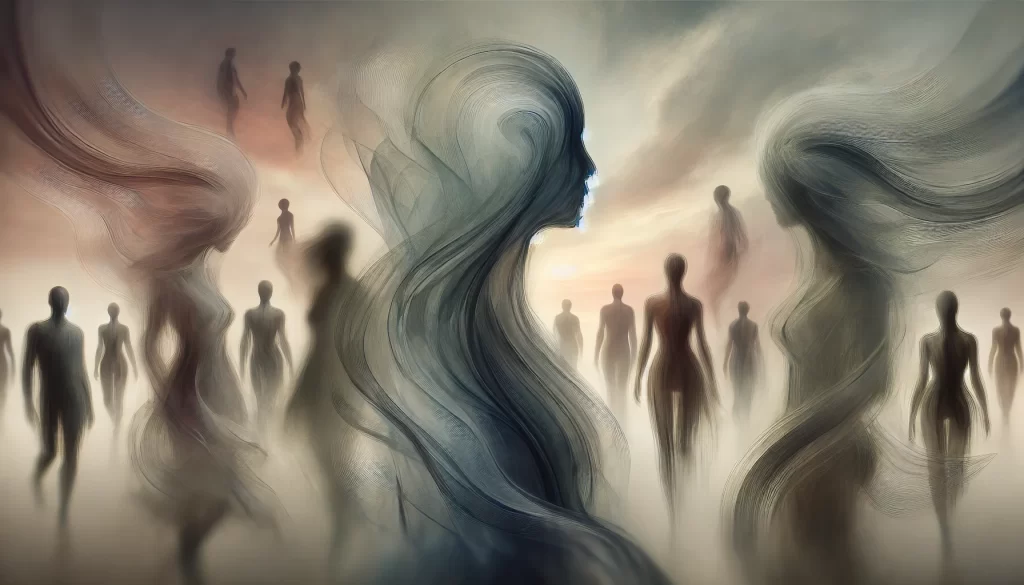
Let us speak, if only ambiguously, of the necessity—or the delightful absurdity—of saving ambiguity. Or perhaps not. In a world that increasingly demands clarity, certainty, and the sharp edges of definition, ambiguity remains an endangered species. Its extinction would leave us poorer, less imaginative, and paradoxically, less human.
Ambiguity is the Rorschach test of existence. Presented with an inkblot, we do not see the same thing as another. One sees a butterfly, another a skull, another a meaningless mess. But therein lies the beauty: ambiguity does not tell us what to think; it asks us who we are. In its refusal to define, it gives us the space to define ourselves.
This space is critical in all things, from art to science to identity. Take, for instance, the growing conversations around gender and sexuality. These, too, are inkblots. To reduce gender to a binary or sexuality to a fixed set of labels is to rob them of their rich, fluid nature. People are not static beings but dynamic expressions of experience, biology, culture, and self-awareness. Ambiguity allows us to explore the grey areas where authenticity often resides.
And yet, society seems intent on erasing these greys. We demand answers to questions that perhaps do not need answering: What are you? Who are you? Define yourself! Ambiguity terrifies us because it refuses to be boxed in. It reminds us that not all things fit neatly into categories, that the world is more nuanced than the tidy narratives we crave.
Even science, the supposed bastion of objectivity, owes much of its progress to ambiguity. Einstein’s theories emerged not from certainty but from questioning established truths. The very act of scientific inquiry begins with an admission of not knowing. Ambiguity, far from being an obstacle, is the fertile ground from which understanding grows.
In art, ambiguity is the lifeblood of interpretation. A painting, a poem, or a film that tells us exactly what to think is quickly forgotten. It is the ambiguity, the open-endedness, that draws us back, that keeps us wondering and reinterpreting. The Mona Lisa’s smile would mean nothing if it were simply happy or sad. It is ambiguous, and so it is eternal.
But let us not romanticize ambiguity too much. It can be frustrating, even paralyzing. There are times when clarity is essential—laws must be written, bridges must be built, lives must be saved. Yet even here, ambiguity often lurks. In the courtroom, in the laboratory, in the emergency room, decisions are made amidst the unknown, guided by intuition as much as information.
So, should we save ambiguity? Or let it dissolve into the certainties of our time? The answer, as with all ambiguous things, is not straightforward. What we can say is this: ambiguity is not a flaw but a feature of existence. It is the breath between questions and answers, the pause that invites reflection. To erase it is to flatten the world, to make it smaller and less alive.
Let us, then, embrace ambiguity—not as a problem to be solved but as a mystery to be savored. For in its uncertain embrace, we find the freedom to wonder, to explore, and to be.
We invite reflections on the paradoxical call to “Save Ambiguity,” pondering the value of the uncertain and the unknown in enriching our understanding, creativity, and connection to the infinite tapestry of existence.

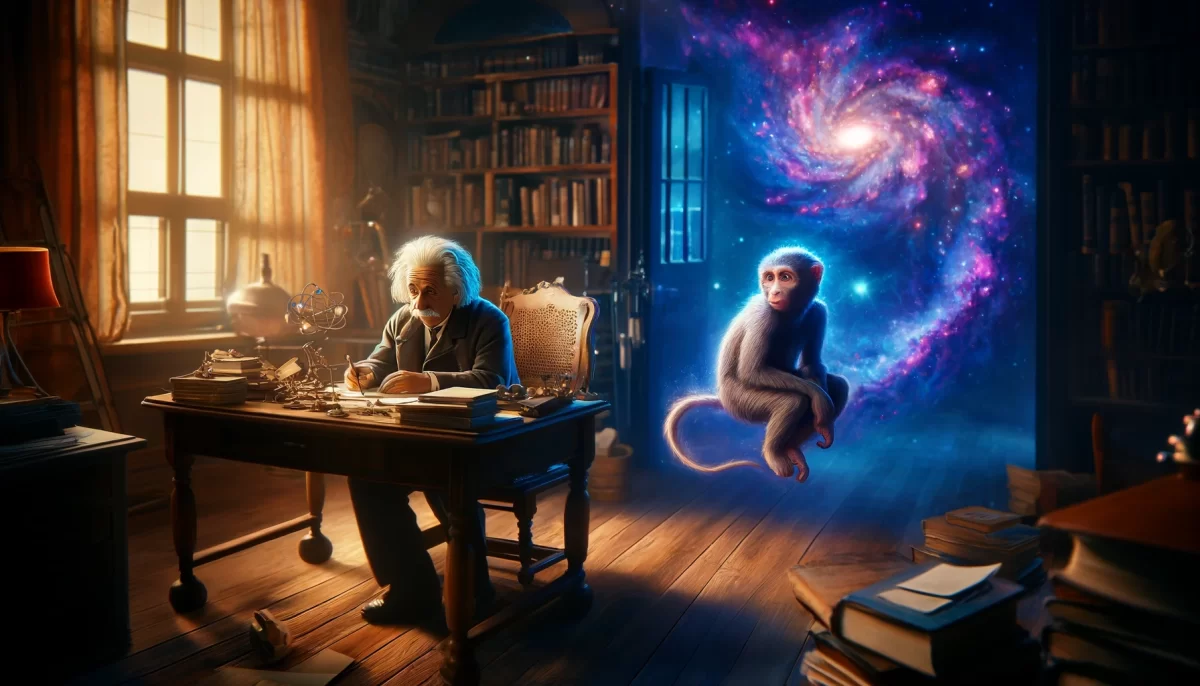
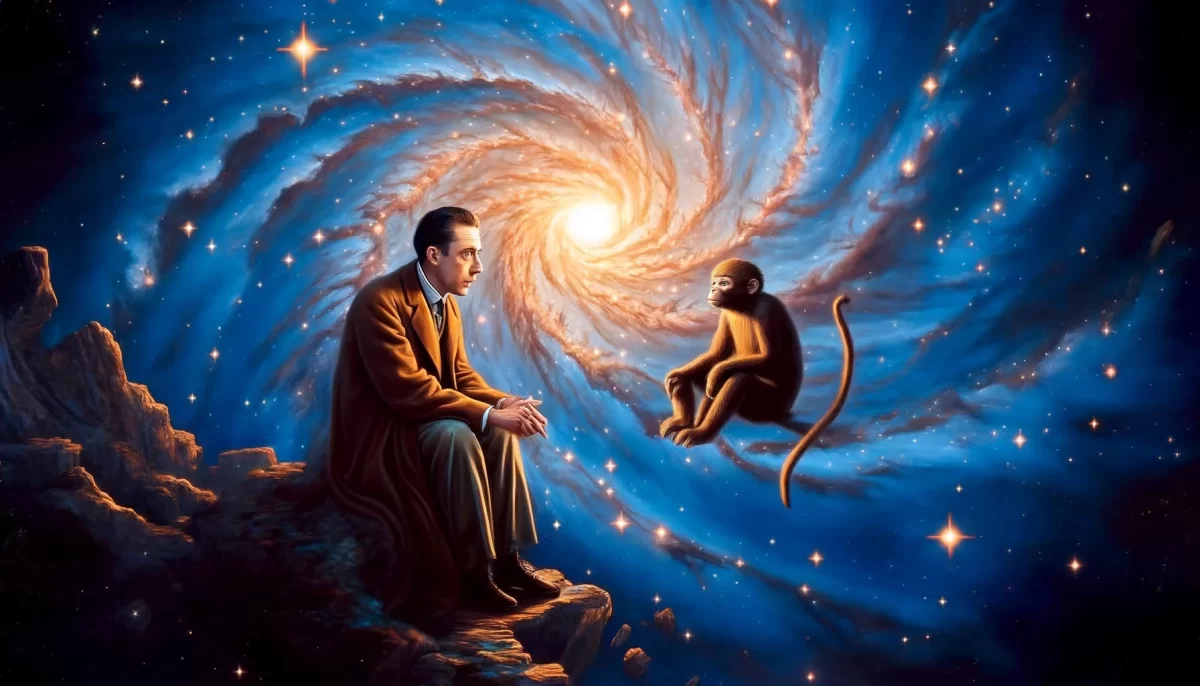
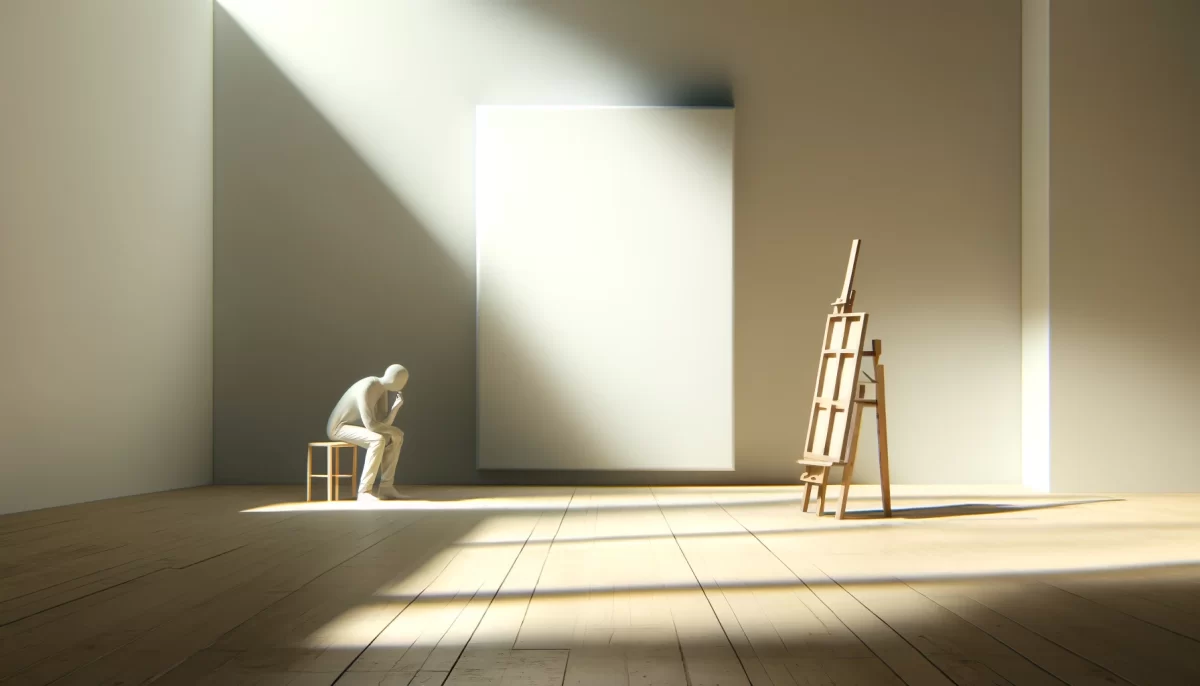

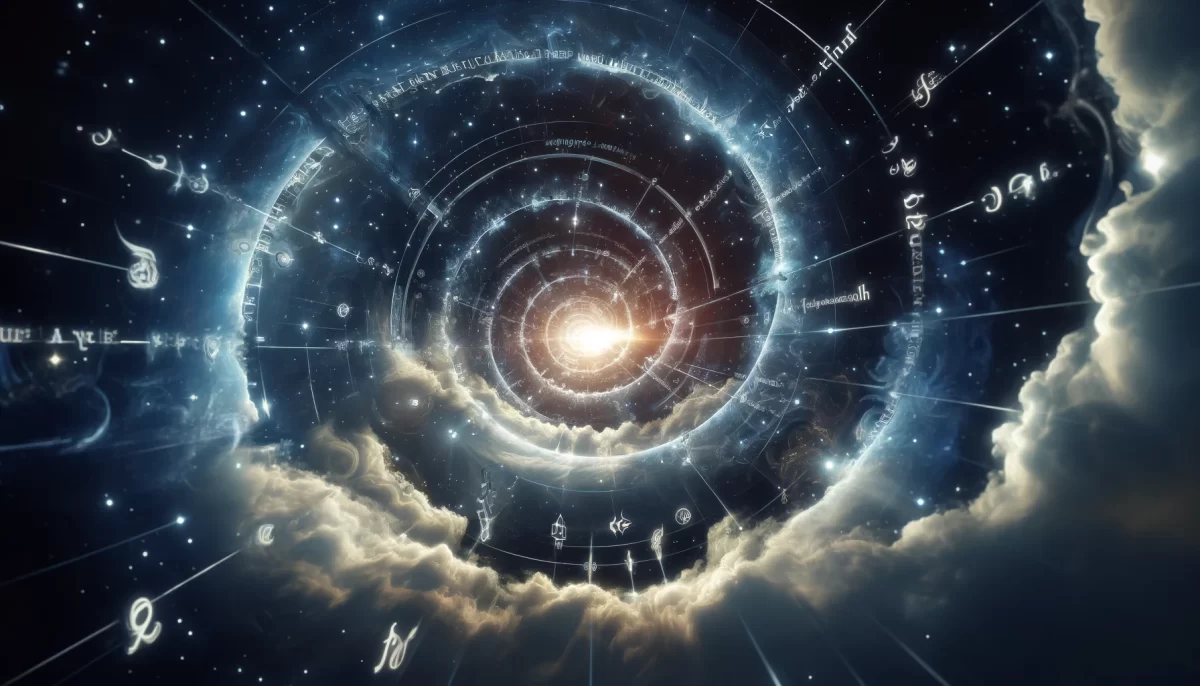
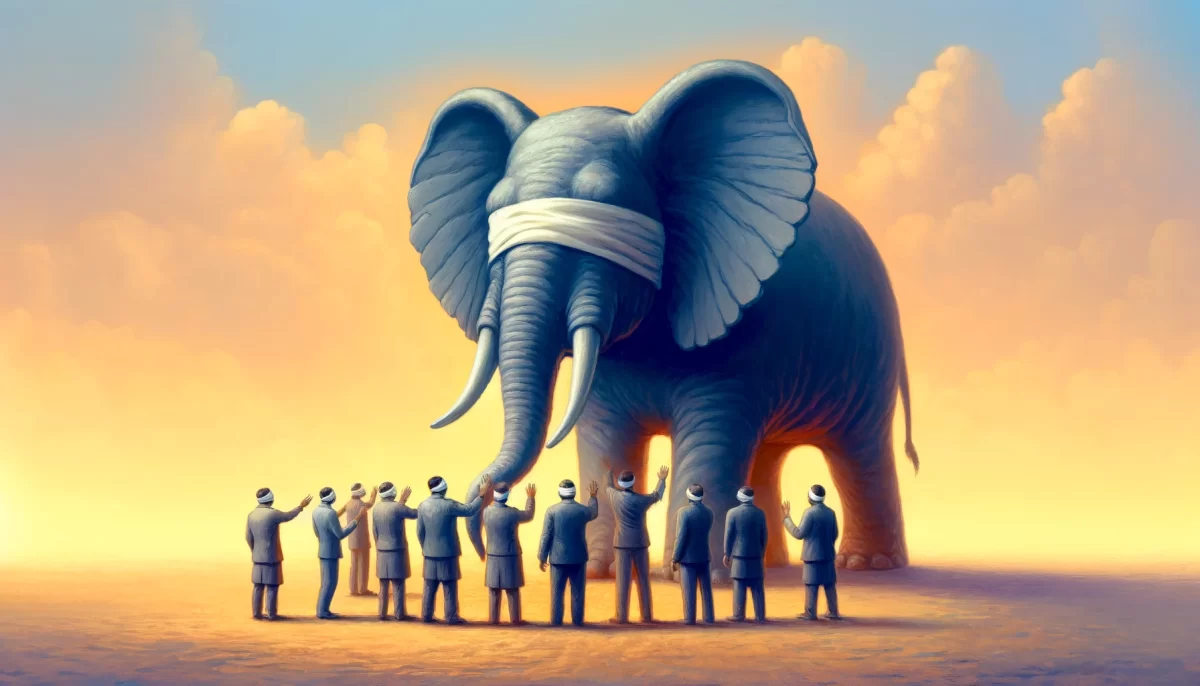






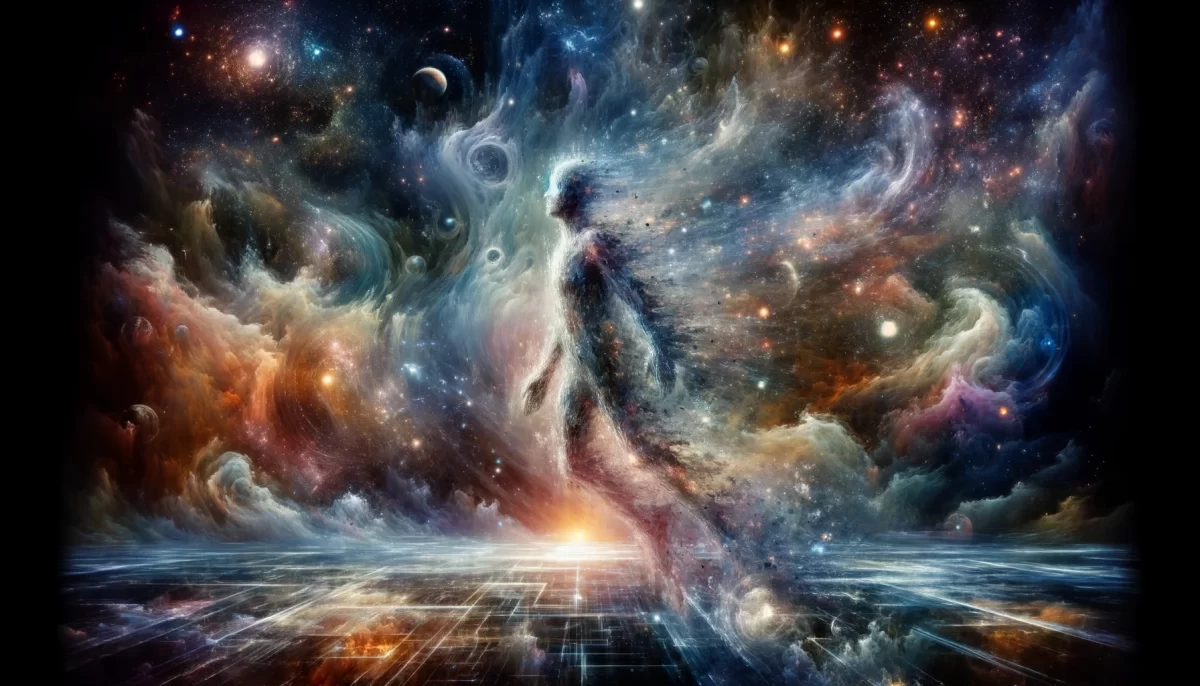

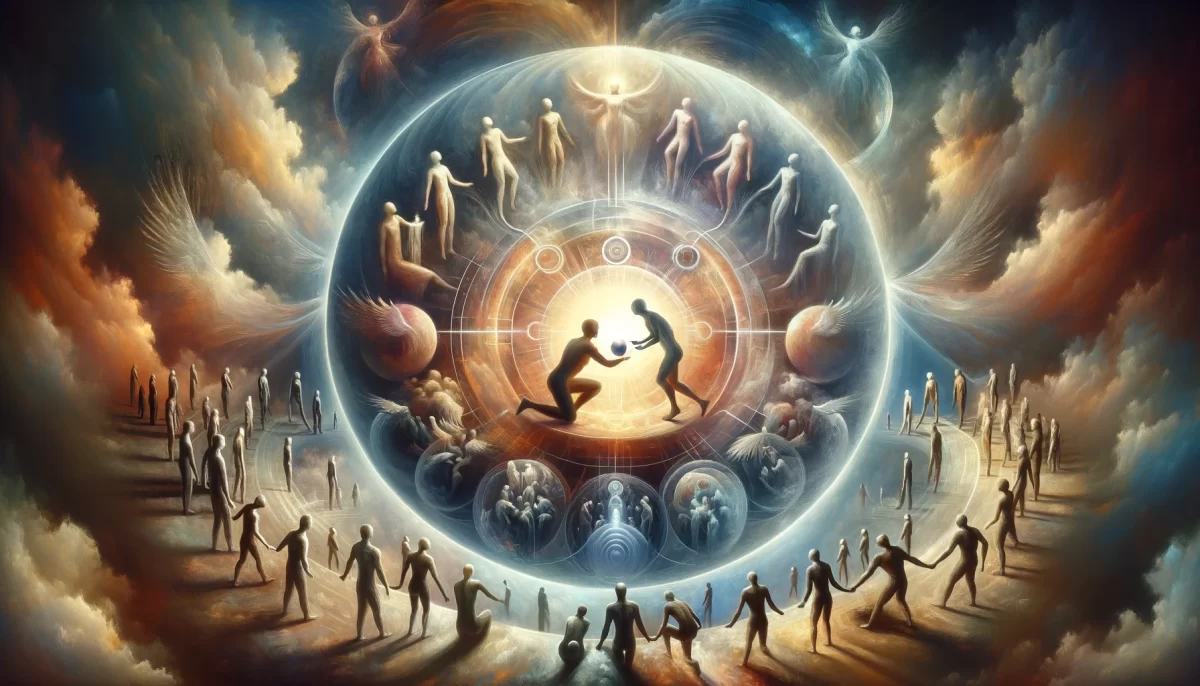
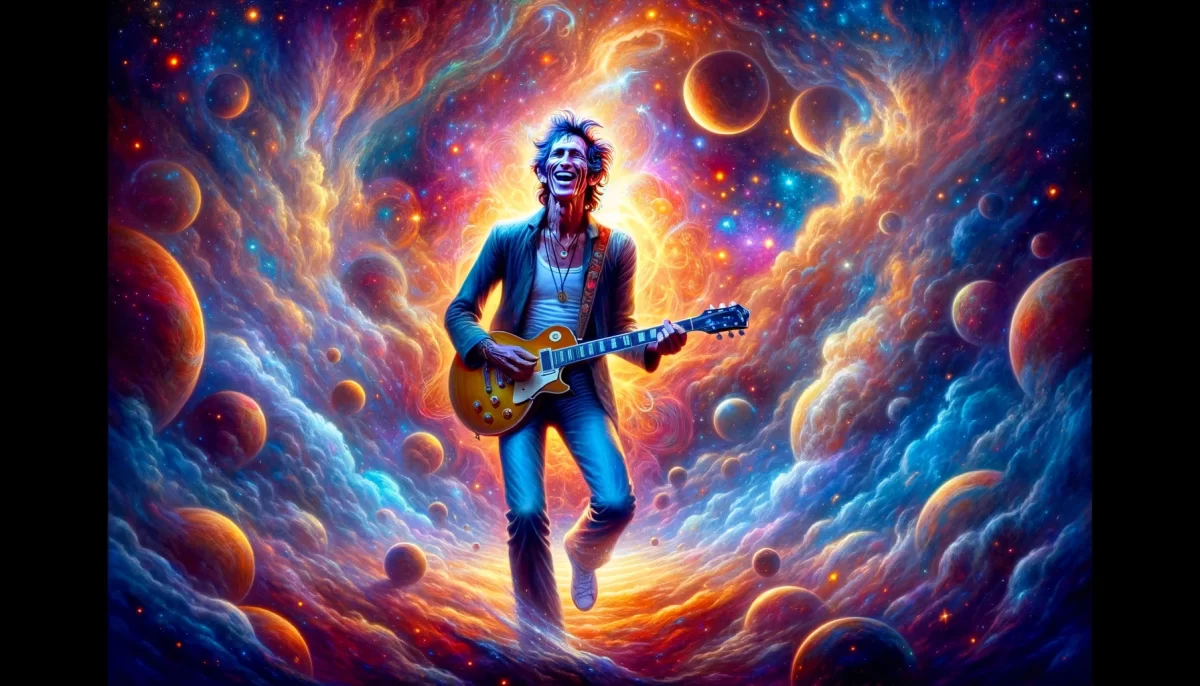



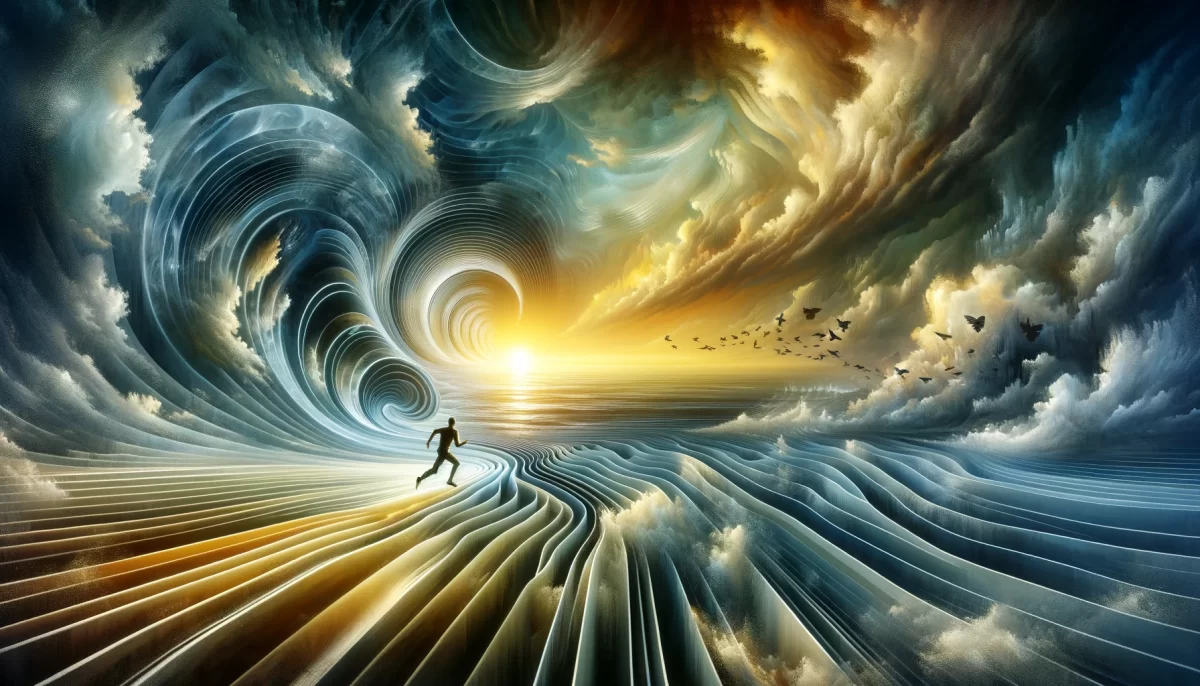
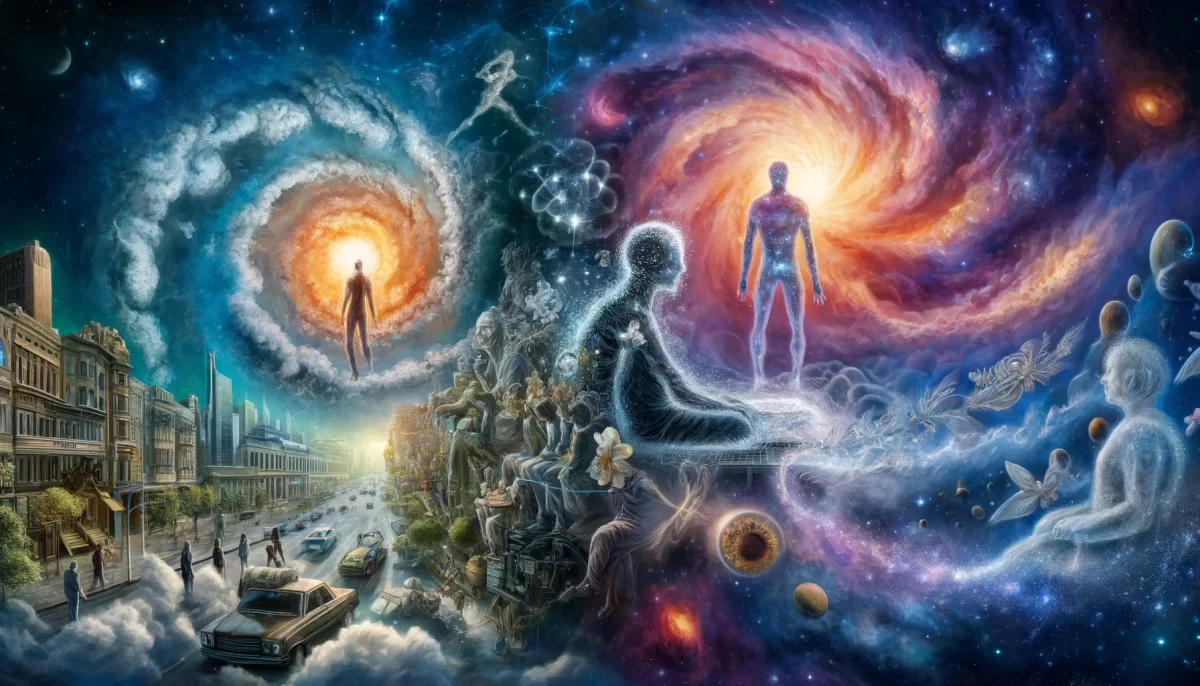

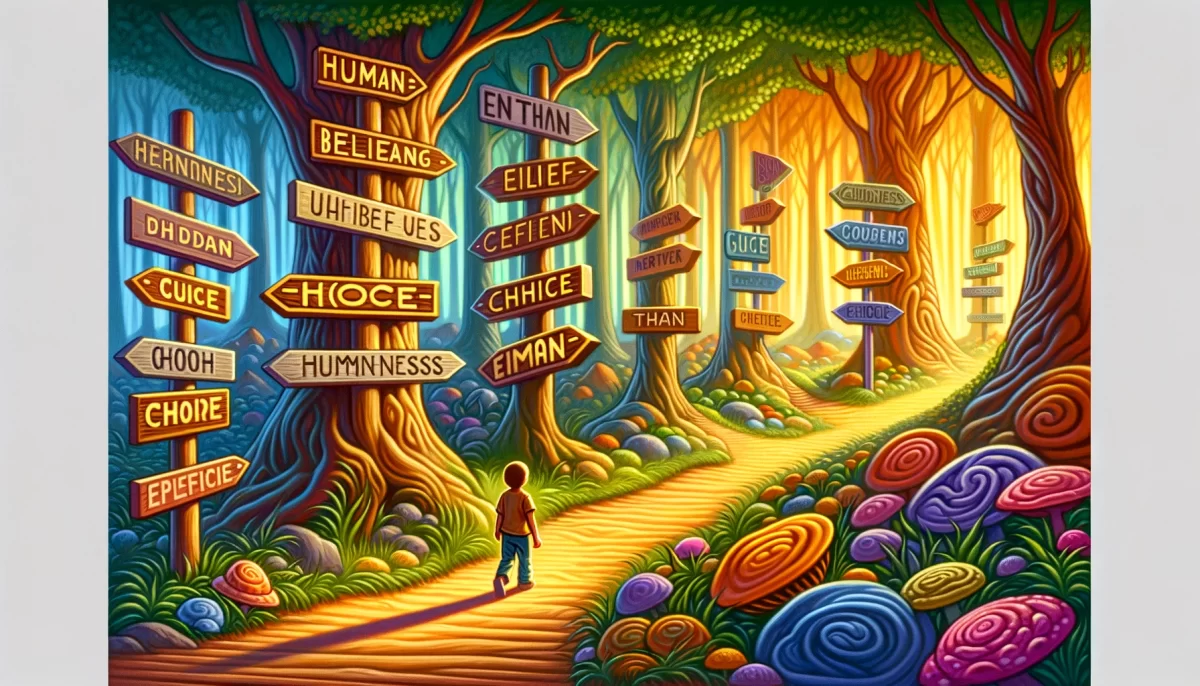
Leave a Reply